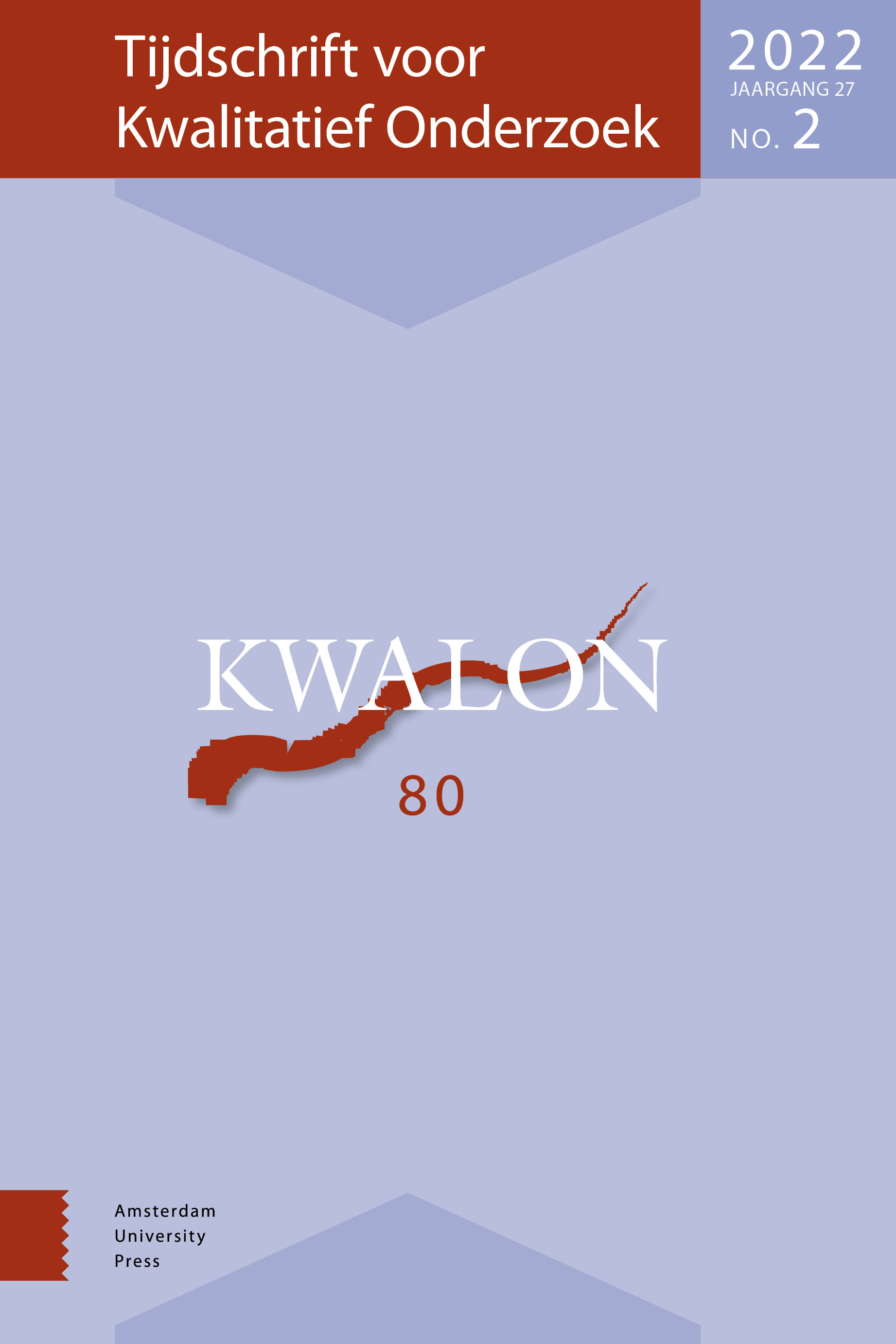-
oa Klinkende meerstemmige verhalen, deel III
De analysemethodiek
- Amsterdam University Press
- Source: KWALON, Volume 20, Issue 1, Mar 2015,
Abstract
Sounding polyphonic stories. Part 3. Method of analysis
In this study an unconventional qualitative, narrative methodology is applied to shed a new light on the significance of having a job and working in elderly care for health care professionals and to use this as a source of inspiration for labor market policy makers.The methodology is rather unconventional because it doesn’t focus only on the lingual content of the stories, but also includes other significant aspects of storytelling (e.g., voice and sound). Therefore musical work forms (e.g., music listening and singing) are used additionally.In the first phase of data collection stories of care professionals about the intertwining of their lifeline and career have been collected. In the second, listening phase HR professionals listened to the stories told by the care professionals and used them as a source of inspiration for HR policy innovation. The applied method of analysis connects analysis methods from both arts-based research and voice-centered research. In two previous articles the theoretical domains underlying this study and the methodology of both the story-telling and story-listening phase have been presented. This article treats the method of analysis.


